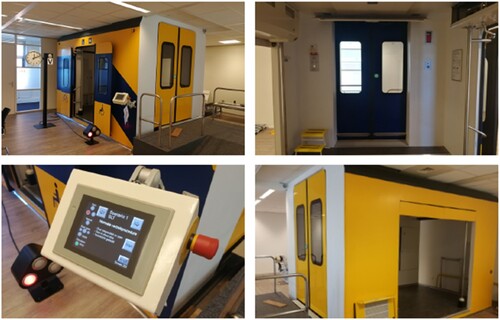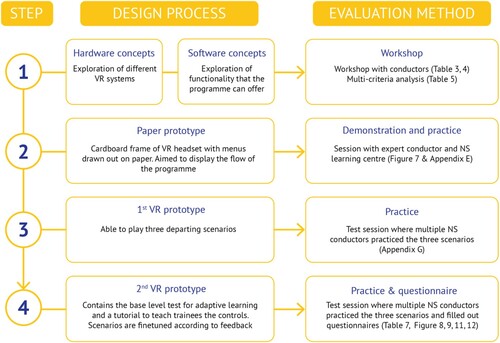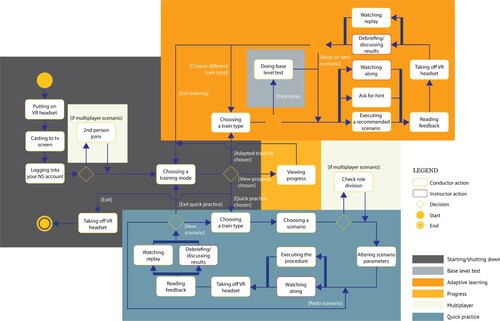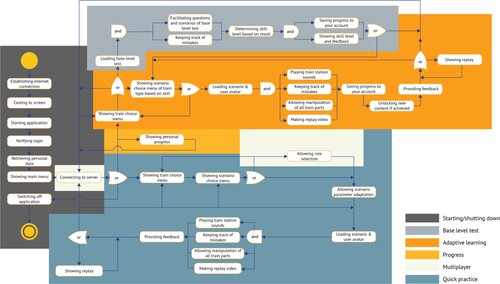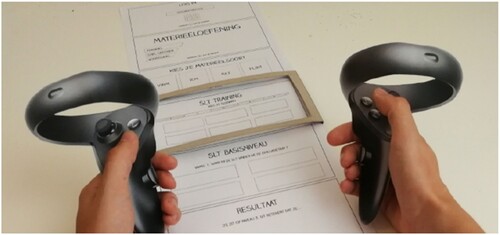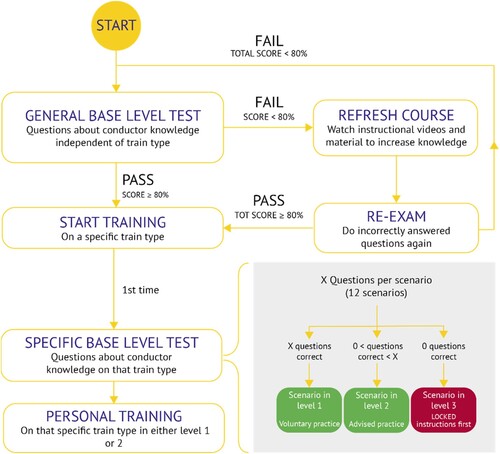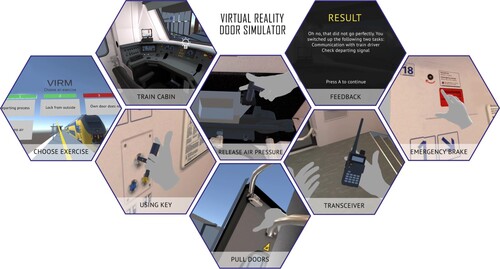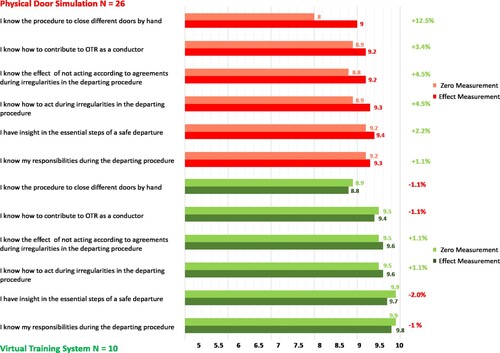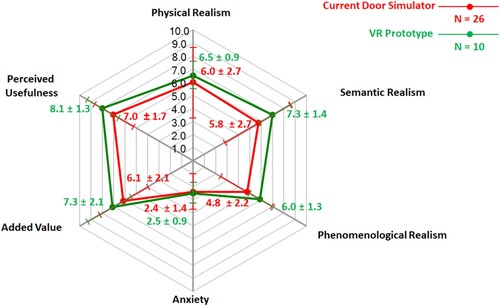Figures & data
Figure 2. Adaptive learning boundaries embed in the “flow channel” (adapted from Göbel and Wendel (Citation2016) and Paramythis and Loidl-reisinger (Citation2004)).
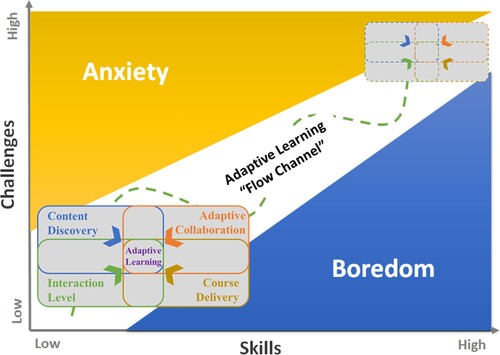
Figure 3. Followed design process adapted from Peffers et al. (Citation2007) with numbers indicating respective sections and subsections of the paper.

Table 1. Group characteristics.
Table 2. Solution objectives and requirements.
Table 3. Results of the conductor workshop on the hardware concepts.
Table 4. Results of the conductor workshop on the software concepts.
Table 5. Results of the multi-criteria analysis.
Table 6. Detailed functionality of the VR training system.
Table 7. The average time needed, and the average number of tips asked per exercise by the 10 participants, with one standard deviation.

